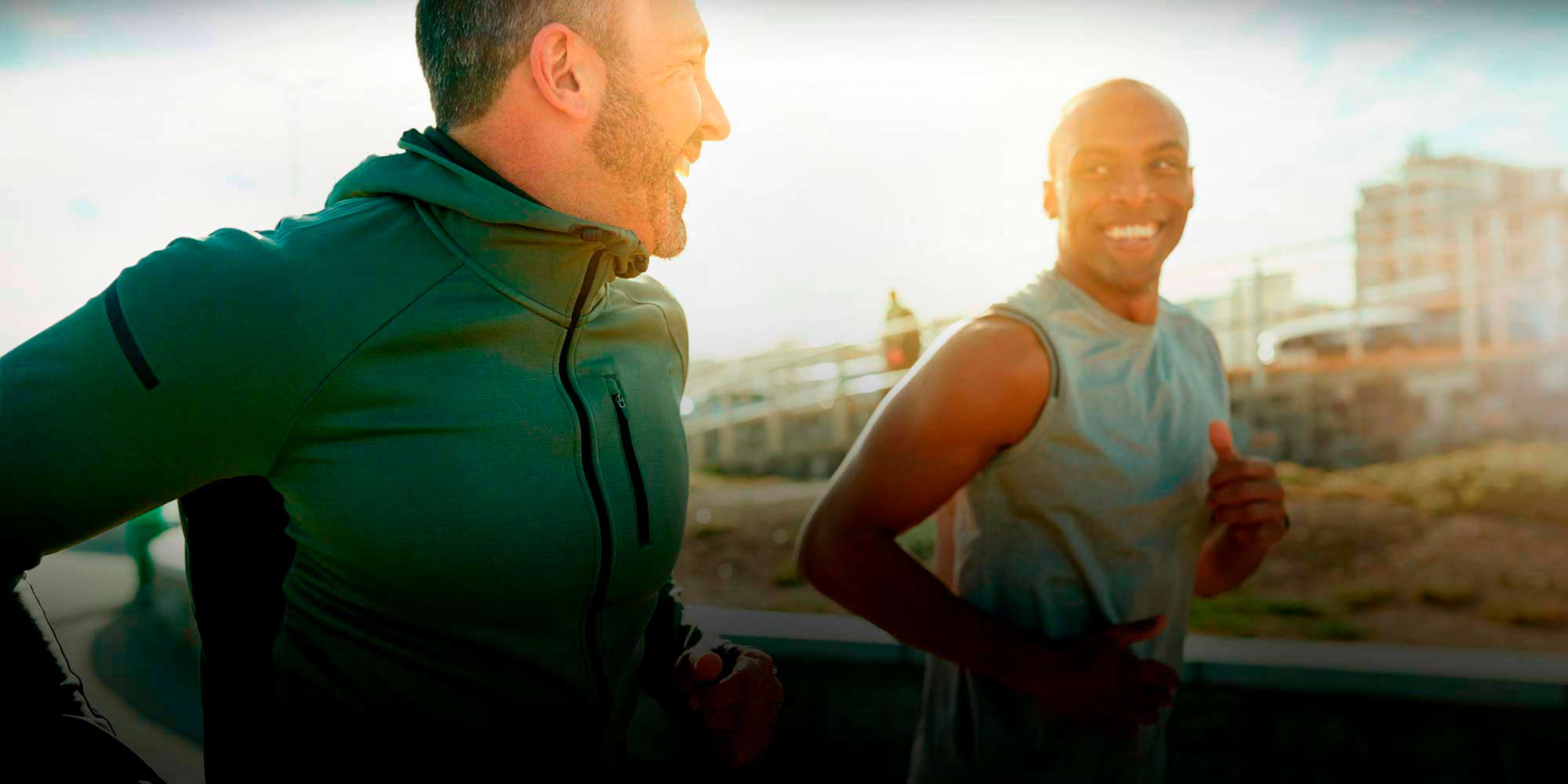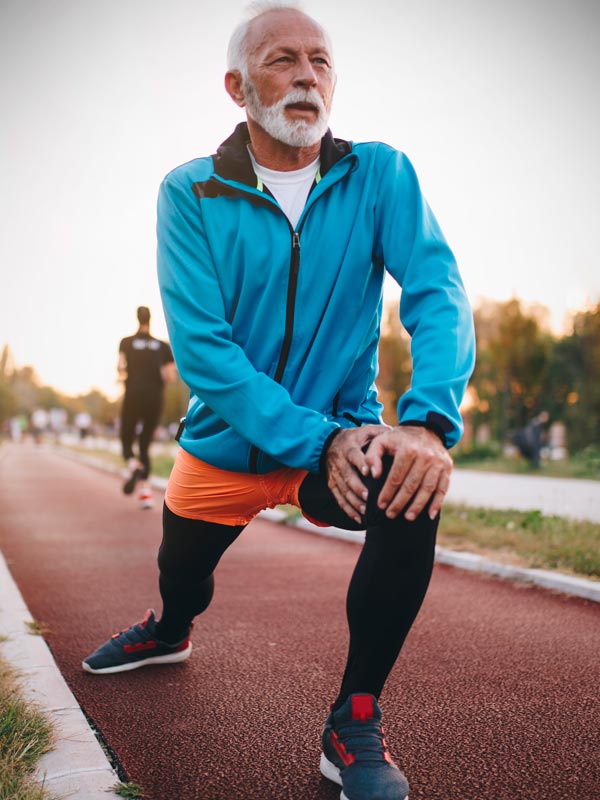
Play hard. Don't Play hurt. Vincera gets you back in the game.
Core Muscle Injury Rehab & Recovery
The path to rehabbing and recovering from core muscle injuries in the groin and abdominal muscle areas begins immediately. The length of such recovery time will of course depend on the patient's injury and history.
Recovering from a core muscle injury
The recovery process actually begins before surgery even takes place. Being healthy before surgery enables you to recover more quickly after surgery. So, depending on your particular history and diagnosis, a "pre-hab" regimen may be recommended. That may consist of physical therapy, exercise physiology, yoga, nutrition, acupuncture or behavioral medicine. The higher your fitness level at the time of the surgery, the quicker you can get back out on the field.
Recovery time for Core Injuries
The nature of each person's injury is unique, and as such, each person's return to activity may vary. Previous medical history can also play a role.
However, in general, most athletes (professional or otherwise) are able to return to sports anywhere from 3 to 12 weeks after surgery.


Core injury recovery and physical therapy
It is likely that you will begin physical therapy immediately after surgery. That may consist of cold laser therapy, therapeutic activities, education and ice compression.
Dr. Meyers usually has patients walk a mile the day after having surgery to repair a core muscle injury.
A more comprehensive rehab program would be coordinated with your surgeon and would begin as soon as you are cleared. Such a regimen may include massage therapy, physical therapy, yoga therapy, nutrition, exercise physiology and behavioral medicine.
Don't overdo your rest, either. Yes, your body needs time to relax and heal on its own, but too much rest may delay your recovery time. The body rapidly applies inelastic scar tissue to the area, and if you rest too much, it could result in constriction of the muscle compartment and decreased flexibility to passive stretch.
The last step of core injury rehab protocol
The final stage of rehab/recovery is working through scar tissue, which can cause stiffness and pain. With continued activity and massage, the scar tissue thins out. It also can tear or pop, which feels like an injury and may even cause significant bruising and swelling. The most important thing to do is to let us know and stay active. The goal is to keep that band of scar tissue from healing back into place while also allowing the muscle to recover. Massage and exercise, to the point of soreness each day, usually is the best option. Patients feel better over the next few days after scar tissue breakup.
LEARN MORE